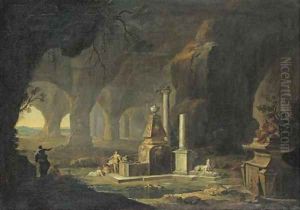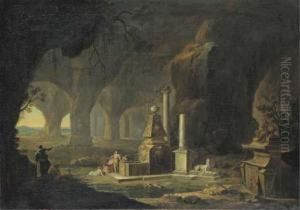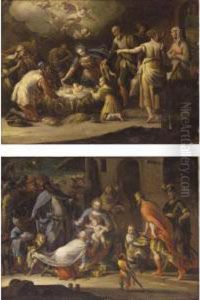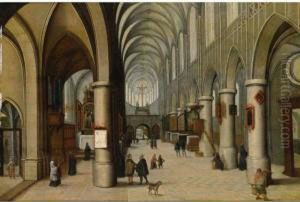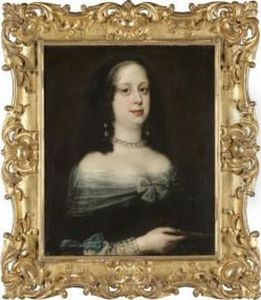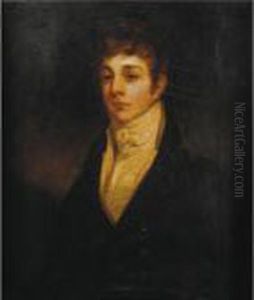Johann Georg Bohm Paintings
Johann Georg Böhm was a German Baroque organist and composer, whose musical career was primarily centered in the city of Lüneburg. Born in 1661 in Hohenkirchen, Thuringia, in what is now Germany, Böhm came from a family with a strong musical background, which paved the way for his future career in music. He attended the University of Jena in 1684, where he likely received further musical training, although specific details about his education there are scarce.
Böhm's career took a significant turn when he moved to Lüneburg around 1693. It is in Lüneburg where he became the organist at the Johanniskirche (St. John's Church), a position he would hold for the rest of his life. This period was crucial for the development of his musical style, which was characterized by the integration of French and Italian influences, a common trend among German composers of the time. Böhm is particularly noted for his keyboard works, which include chorale partitas, preludes, fugues, and suites. These compositions are highly regarded for their inventiveness and the technical demands they place on performers.
An interesting aspect of Böhm's legacy is his potential influence on the young Johann Sebastian Bach. Although direct evidence is sparse, it is known that Bach lived in Lüneburg from 1700 to 1702 and had the opportunity to meet Böhm. Scholars speculate that Böhm's work and his mastery of the organ may have left a lasting impression on Bach, who would later become one of the most renowned composers in history.
Johann Georg Böhm passed away in Lüneburg in 1733. Despite not achieving the widespread fame of some of his contemporaries, his contributions to the Baroque music repertoire, especially in the domain of keyboard music, have earned him a respected place in the history of Western music. His works continue to be studied and performed today, offering insights into the stylistic transitions that characterized the late Baroque period in Germany.
